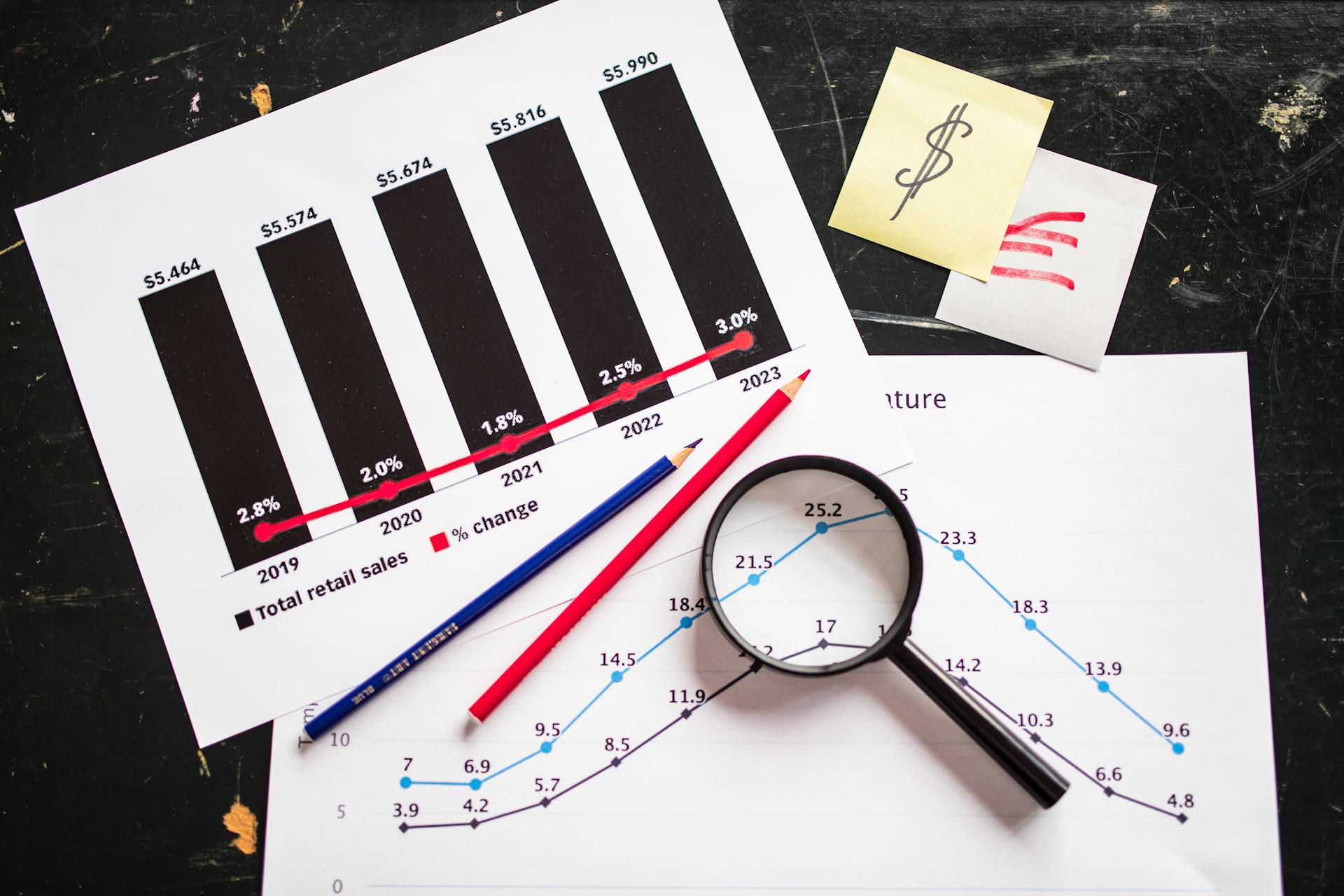Robots have been part of our collective imagination for decades, from factory assembly arms to humanoid assistants in science fiction. In reality, robotics has long been powerful but limited — machines could execute pre-programmed commands with precision, but they lacked adaptability, awareness, and the ability to learn from experience.
That’s changing. The integration of data analytics into robotics is transforming machines from rigid automatons into intelligent, adaptive systems capable of making decisions in real time. The result: robots that get smarter the more they work, delivering unprecedented value across industries from manufacturing and logistics to healthcare and agriculture.
From Automation to Intelligence
Traditional automation excels in stable, predictable environments. Assembly line robots, for example, can weld thousands of car doors without deviation — but if a part is slightly misaligned or the process changes, the robot stalls or produces defects.
Data analytics changes this dynamic. By equipping robots with sensors, cameras, and IoT connectivity, and combining these with powerful analytics platforms, robots can interpret data about their environment, detect anomalies, and adjust their actions on the fly.
This shift marks the evolution from fixed automation to adaptive intelligence — machines that don’t just perform tasks, but also understand and improve them.
The Data Behind the Decisions
At the core of smart robotics is real-time data. Modern robots generate massive volumes of information:
- Operational data from motors, joints, and actuators
- Visual data from cameras and LiDAR
- Environmental data from temperature, vibration, or humidity sensors
- Performance data on cycle times, errors, and throughput
Advanced analytics platforms process this data in milliseconds, using machine learning algorithms to spot patterns and predict outcomes. For example, if a welding robot detects a slight vibration in its arm, predictive analytics might signal a bearing issue before it causes downtime.
Closing the Loop: The Feedback System
In the new model, robots are no longer “set and forget” machines. Instead, they operate in continuous feedback loops:
- Collect: Sensors capture data from the robot’s operation and environment.
- Analyze: Data is processed using AI-driven analytics.
- Decide: The system identifies optimal actions based on the analysis.
- Act: The robot adjusts its behavior in real time.
- Learn: Data from the outcome is fed back into the model to improve future decisions.
This loop enables incremental self-improvement, allowing robots to become more accurate, efficient, and resilient over time.
Real-World Applications
1. Manufacturing: Quality Without Compromise
In advanced manufacturing plants, vision-enabled robots use analytics to inspect every product that comes off the line. Unlike human inspectors, they can detect microscopic defects invisible to the naked eye, comparing real-time imagery to millions of historical samples. This reduces waste and improves consistency — critical in sectors like electronics and aerospace.
2. Logistics: Dynamic Warehouse Management
Automated guided vehicles (AGVs) and robotic arms in warehouses now use analytics to adapt to order patterns. If analytics detect a surge in demand for certain products, robots can rearrange warehouse layouts overnight for faster retrieval — something impossible with static programming.
3. Healthcare: Smarter Surgical Assistance
Surgical robots equipped with analytics can analyze thousands of past procedures to recommend the most precise cutting paths or suturing techniques. They also adapt to unexpected situations — such as tissue elasticity changes during an operation — improving patient outcomes and reducing recovery times.
4. Agriculture: Precision Farming
Agricultural robots use multispectral imaging and data analytics to identify crop health issues down to the individual plant. They can then adjust fertilizer distribution or target pesticide application precisely where it’s needed, saving resources and reducing environmental impact.
The Predictive Power of Data
One of the most valuable outcomes of combining robotics with analytics is predictive maintenance. Downtime in industrial settings can cost thousands of dollars per minute. With predictive models, robots can anticipate component wear and schedule maintenance before a breakdown occurs.
For instance, in an automotive assembly plant, vibration and torque data from robotic arms can indicate when a joint is degrading. By acting early, companies avoid costly line stoppages and extend the lifespan of their equipment.
Autonomy at Scale
As robots become more data-driven, they’re able to work not just individually but collaboratively across entire systems. In an automated port, for example, cranes, forklifts, and sorting robots all share real-time data. Analytics orchestrates these machines like a conductor leading an orchestra, ensuring containers move from ship to truck to warehouse with minimal human intervention.
This system-level optimization is only possible when both robots and analytics platforms are integrated seamlessly.
Challenges to Smarter Robotics
While the benefits are clear, the integration of analytics into robotics brings challenges:
- Data Overload: Robots generate terabytes of data daily; without efficient filtering and processing, valuable insights can be buried in noise.
- Latency: In time-critical applications (like autonomous vehicles or surgical robots), analytics must operate with near-zero lag.
- Cybersecurity: Connected robots are vulnerable to hacking; breaches could halt operations or even cause physical harm.
- Interoperability: Legacy robots may not be easily upgraded with modern analytics capabilities.
These challenges are driving investment in edge analytics — processing data locally on the robot — to reduce latency and reliance on cloud systems.
The Human Factor
Far from replacing humans entirely, data-driven robots often enhance human roles. In manufacturing, operators are shifting from manual labor to robot supervisors, interpreting analytics dashboards, and fine-tuning processes. In healthcare, surgeons still lead operations, but with robots acting as highly capable assistants.
Analytics also creates transparency, allowing managers to understand exactly why a robot made a certain decision — a crucial factor for safety, compliance, and trust.
Future Trends: Where Robotics and Analytics Are Heading
- Adaptive Learning Robots: Machines that update their behavior in real time based on new data without human reprogramming.
- Robotics-as-a-Service (RaaS): Subscription-based robots bundled with analytics platforms for businesses that don’t want large capital expenditures.
- Edge + Cloud Hybrid Models: Combining the instant decision-making of edge analytics with the deep learning capabilities of the cloud.
- Cross-Industry Integration: Robots in one sector learning from data in another — for example, surgical precision techniques improving robotic manufacturing.
Why This Matters for the Business Landscape
In the coming decade, competitive advantage will hinge not on who has the most robots, but on who has the smartest robots. Data analytics is the force multiplier, enabling automation that is flexible, resilient, and continuously improving.
McKinsey estimates that advanced analytics in robotics could boost productivity by 20–30% in industries like manufacturing and logistics, while reducing operational costs by up to 25%.
The Era of Self-Optimizing Machines
We are entering an era where machines will no longer simply execute instructions; they will interpret their environment, learn from experience, and improve autonomously.
For business leaders, this means rethinking automation strategies: investing not only in robotic hardware but also in the data infrastructure, analytics talent, and AI models that will unlock their full potential.
Robots powered by data analytics are not just tools — they are partners in innovation, capable of shaping industries, redefining efficiency, and pushing the boundaries of what’s possible.







